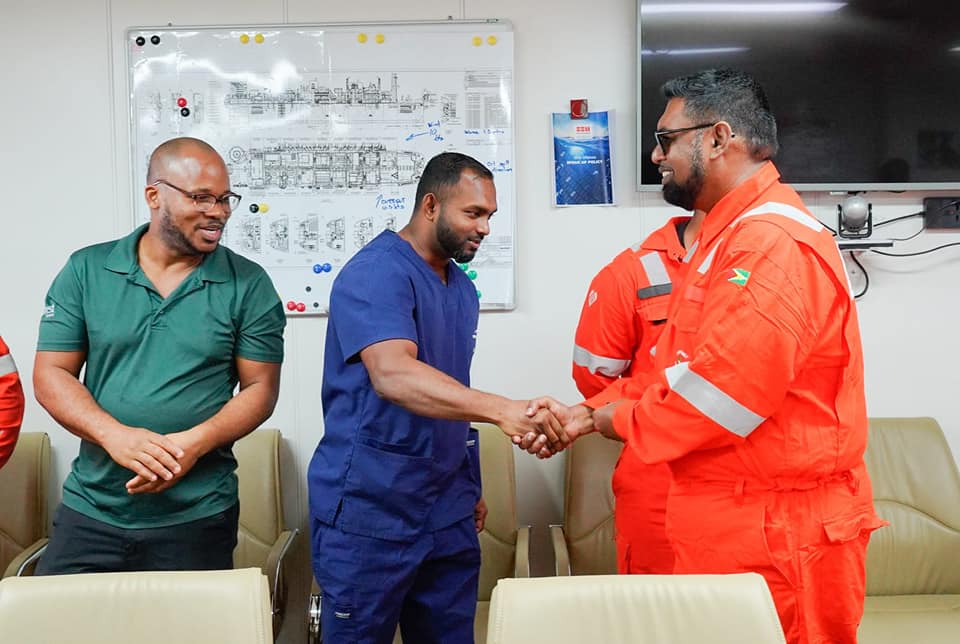More oil and gas development means more workers needed – 30,000 by 2024, according to Rystad Energy’s estimates, a significant increase from previous years. And this is just for South America’s operations and maintenance (O&M) workforce.
The Norway-based independent research and business intelligence company said the region’s O&M workforce will expand by 28% in the next two years. This will have a positive impact on wages. Pointing to Brazil, Rystad Energy said the country’s O&M wages will see an 11% boost.
“This will lift contractors’ costs, but it should also help to attract new skilled workers, as falling wages have hindered the Brazilian offshore industry in recent years,” the company said.
But where will the labor come from?
A shortage of skilled workers for the global oil and gas industry existed at pre-pandemic levels and though the industry is on the mend, a wide gap still persists.
In Guyana, it is no different. With more projects being developed adequate labour is just not there. This is not lost on the government. Its President, Dr. Mohamed Irfaan Ali, has already signalled that the country will soon move to import labour.
“Our population is much too small to sustain an economy that has tripled in size in recent years,” he said back in April.
The International Labour Organisation (ILO) had pointed out that Guyana would need 160,000 more workers to support the swelling tide of oil-related developments.
Work is being done to train locals, but not fast enough to keep up with the rapidly expanding economy. The country is in the process of establishing an oil and gas training centre seeing an investment of US$100 million.
International firms operating in Guyana have also been doing their part to train Guyanese in the hydrocarbon industry. ExxonMobil Guyana has partnered with locals to deliver technical training to Guyanese. SBM Offshore provides hands-on floating production, storage and offloading (FPSO) training for graduate engineers. Meanwhile, a venture between 3t EnerMech and Orinduik Development Incorporated Training Centre delivered Guyana’s first in-country, state-of-the-art training facility for the local workforce.
Building Guyana’s human resources capacity goes hand-in-hand with the government’s Local Content Act, which gives preference to Guyanese nationals and Guyanese businesses in the country’s oil and gas sector.




